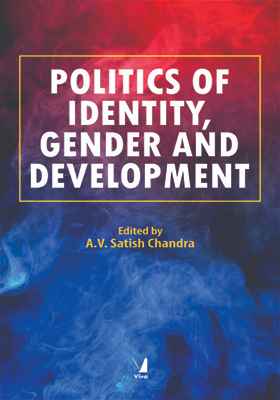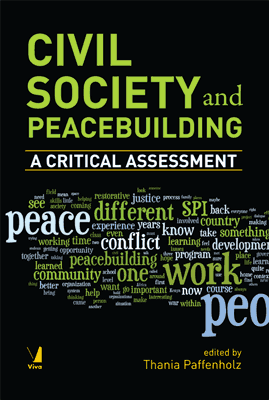India China Relations
India China Relations
The Border Issue And Beyond
₹805.50 ₹895.00 Save: ₹89.50 (10%)
Go to cartISBN: 9788130911953
Bind: Hardbound
Year: 2017
Pages: 218
Size: 153 x 229 mm
Publisher: Viva Books Originals
Sales Territory: Worldwide
Reviews:
”An admirably well-researched and objective account of the Sino-Indian border dispute that presents with great lucidity facts, the strategic dimension of the unsettled difference as well as the contours of a viable solution.”
— Kanwal Sibal, Former Foreign Secretary
“A meticulous and comprehensive study. The work will attract the general reader and secure the respect of the specialist.”
— Ranjit Sethi, former Indian Ambassador
“A controlled and masterful exposition of the India China border dispute. The authors suggest a pathway towards a future resolution.”
— Vikram Sood, former Secretary, Research and Analysis Wing
“A timely survey of some of the most important issues surrounding the border imbroglio between Asia's two oldest and the world's two largest nations.”
— Air Marshal Manek Madon, former AOC-in-C, Eastern Air Command, Indian Air Force
“While the authors might not have broken new ground in historical research, their portrayal of the border issue will certainly influence a narrative distorted by enduring misperceptions.”
— Lieutenant General V.R. Raghavan, former Director General of Military Operations, Indian Army
Description:
At the outset, this book must be viewed as a policy relevant document rather than an abstract historical research paper. The authors have revisited the seemingly intractable India-China border dispute from a contemporary conflict resolution perspective and thus are relatively detached from the historical baggage that has so often influenced other commentaries on this controversial subject.
The great natural defensive line of northern India, the mighty Himalayas, separating Tibet from north-east India, is a barrier which, by tradition, was impenetrable. This defensive line is embodied by the 1914 Line, India's non-negotiable interest. Thus, from an Indian perspective, it can never be conceived that its frontiers with China are ever formalized on the Brahmaputra plains. Further, the 1914 alignment, aside from its strategic sanctity, also upholds the ethnic and linguistic affinities to peoples south of it, who are distinct from the homogenous Tibetan or Han people. Similarly, from China's perspective it too is in possession of its non-negotiable interest - the Aksai Chin plateau. And therein lies the essence of an east-west swap.
By retracing the historical record, the authors argue that such a swap is eminently feasible and historically justifiable. Moreover, realpolitik demands it. From the Indian perspective, however, it should be equally clear that a bipartisan national consensus is imperative for any breakthrough resolution to emerge. It remains to be seen, however, if political managers on both sides are able to muster the necessary will to resolve a dispute that has lasted for more than half-a-century.
Target audience:
Academics & Researchers of International Studies and Indo China Relations.
Contents:
Introduction • Acknowledgments • The Legacy of the Great Game • India, Tibet and China • India Inherits the “Frontiers”:1947-1954 • The Debacle of 1962 • Road to Rapprochement: Diplomacy since the 1970s • The Way Forward: “Mutual accommodation and accommodation of reality” • Appendices • Bibliography • Index
Business Manager
Magazine - 01/Jun/2009

The Asian Age
Newspaper - 11/Mar/2009

Biblio
Magazine - 01/May/2009

About the Authors:
Mohan Guruswamy, Chairman, Centre for Policy Alternatives, New Delhi, has over three decades of experience in government, industry and academia. He was educated at Osmania University, Hyderabad; John F. Kennedy School of Government, Harvard University; Fletcher School of Law and Diplomacy, Tufts University; and Graduate School of Business, Stanford University.
Zorawar Daulet Singh is an international relations analyst based in New Delhi. He holds a Master's degree in International Relations from the School of Advanced International Studies, Johns Hopkins University.







